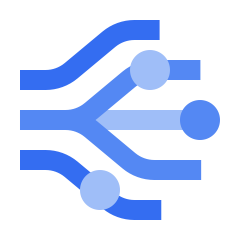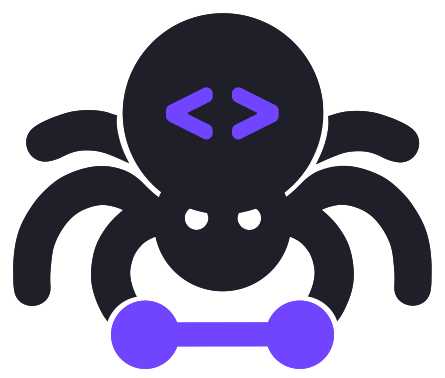智能体工具¶
查看以下你可以与 ADK 智能体一起使用的预构建工具:
Gemini 工具¶
Google Cloud 工具¶

Apigee API Hub
将 Apigee API Hub 中的任何文档化 API 转换为工具

应用集成
使用集成连接器将你的智能体连接到企业应用

BigQuery 智能体分析
大规模分析和调试智能体行为。

BigQuery 工具
连接 BigQuery 以检索数据并执行分析

Bigtable 工具
与 Bigtable 交互以检索数据并执行 SQL

GKE 代码执行器
在安全且可扩展的 GKE 沙箱环境中运行 AI 生成的代码

Spanner 工具
与 Spanner 交互以检索数据、搜索和执行 SQL

数据库 MCP 工具箱
将超过 30 种不同数据源连接到你的智能体

Vertex AI RAG 引擎
使用 Vertex AI RAG 引擎执行私有数据检索

Vertex AI 搜索
在 Vertex AI 搜索中搜索你私有的、已配置的数据存储
第三方工具¶

Atlassian
Manage issues, search pages, and update team content

AgentQL
使用自然语言提取弹性的结构化网页数据

Apify
Use Actors to scrape websites and automate web workflows

Bright Data
一个用于网络的 MCP - 将你的 AI 连接到真实的网页数据

Browserbase
为 AI 智能体提供网页浏览功能

Exa
从网站和实时数据中搜索和提取结构化内容

Firecrawl
使用来自任何网站的干净数据为你的 AI 应用赋能

GitHub
分析代码、管理问题和 PR,并自动化工作流程

GitLab
执行语义代码搜索、检查流水线、管理合并请求

Hugging Face
访问模型、数据集、研究论文和 AI 工具

Linear
Manage issues, track projects, and streamline development

Notion
搜索工作区、创建页面以及管理任务和数据库

ScrapeGraphAI
AI 驱动的网页抓取、爬取和数据提取

Tavily
提供实时网络搜索、提取和爬虫工具
构建你的工具¶
如果以上工具不能满足你的需求,你可以使用以下指南为你的 ADK 工作流构建工具:
- 函数工具: 为你的特定 ADK 智能体需求构建自定义工具。
- MCP 工具: 将 MCP 服务器作为工具连接到你的 ADK 智能体。
- OpenAPI 集成: 直接从 OpenAPI 规范生成可调用工具。

